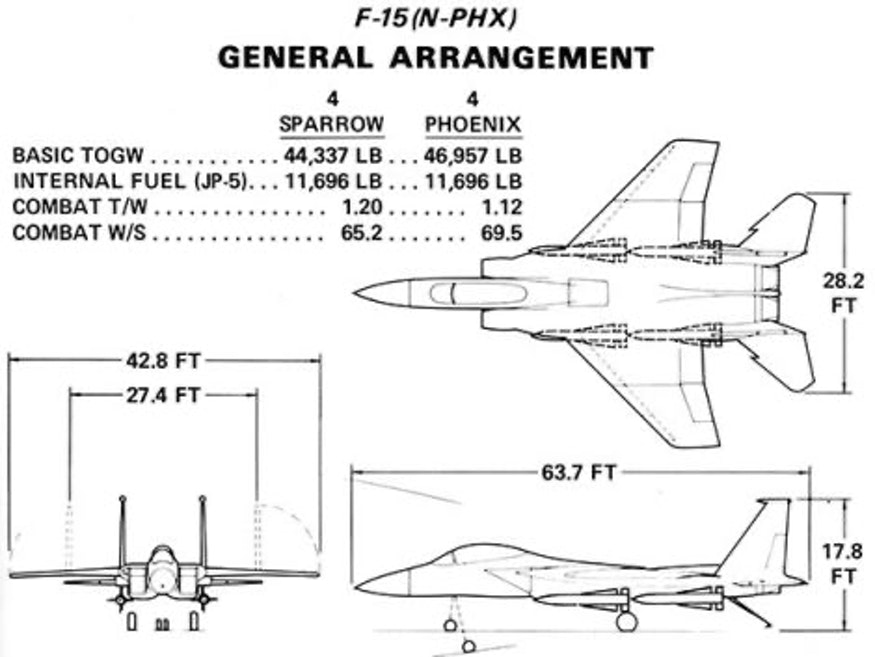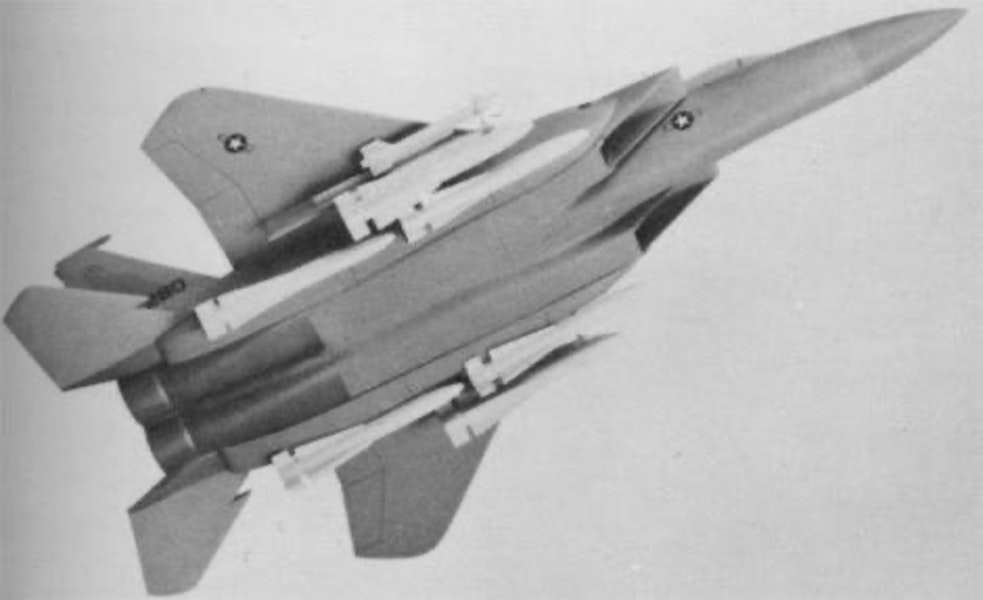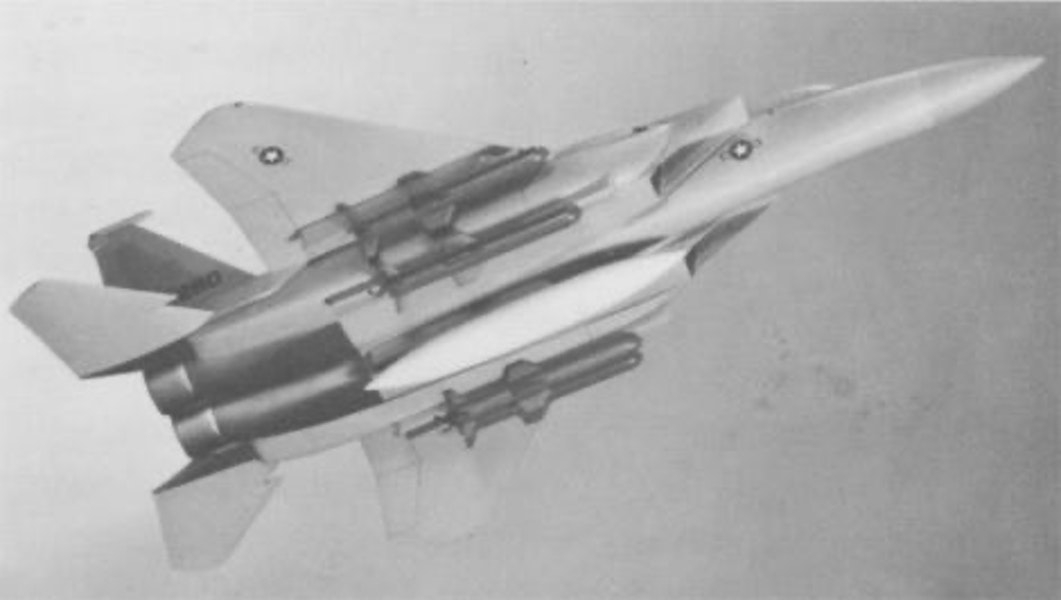US Navy’s search for an advanced carrier-based air superiority fighter
In an effort to support the Department of Defense’s goal of commonality with the Air Force and its F-111A, General Dynamics’ F-111B was evaluated as part of the US Navy’s search for an advanced carrier-based air superiority fighter. After being modified to fulfill Navy mission requirements, the F-111B was found to be too heavy for carrier operations, and the contract was canceled in April 1968.

The Navy then launched a new design contest for the so-called VFX program, with McDonnell Douglas and Grumman as the main competitors.
The F-15N Sea Eagle
Grumman suggested the Model 303, a two-seat, twin-engine, variable-geometry aircraft based on the Hughes AWG-9 weapons system (which eventually led to the development of the F-14 Tomcat). Meanwhile, McDonnell Douglas presented the F-15N Sea Eagle, a “navalized” variant of its then-new F-15 Eagle air superiority fighter.

The F-15N Sea Eagle was developed by the US Navy as a lighter, faster, and less expensive alternative to the F-14.
Among the changes for the F-15N were strengthened landing gear, an appropriate arresting hook, and a wing hinge. DriveTribe claims that the F-15N was predicted to outmaneuver the F-14 despite the weight imposed by these modifications. But neither the AIM-54 Phoenix missiles nor the AN/AWG-9 radar required to target and fire them were part of the original proposal. The US Navy studied the possibility of adding the radar and AIM-54s, but doing so would have made the aircraft 10,000 pounds heavier than an F-15A, erasing any potential advantage the Sea Eagle may have had. A plan to adapt the F-15’s AN/APG-63 radar to interface with the AIM-54 was developed by McDonnell Douglas and Hughes Aircraft, the manufacturer of the radar and AIM-54.

The fly-off between the F-14A Tomcat and F-15N Sea Eagle that never was
The idea was first studied by a Senate subcommittee in 1973, and it was later expanded to include an updated F-4 and a stripped-down F-14 variant. Although discussed, the F-14A and F-15N were never involved in a fly-off.
In the end, the Navy stuck with the F-14 since it was a very capable aircraft. The new “Tomcat,” named for Grumman’s tradition of naming its aircraft after cats, flew for the first time in December 1970. The first F-14As were delivered to the Navy in June 1972 after a series of modifications during flight testing, with Fighter Squadron (VF) 124 designated for crew training. The new aircraft was first flown by operational squadrons VF-1 and VF-2 on the West Coast and by Atlantic Fleet Tomcat squadrons VF-14 and VF-32 on the East Coast.
Photo by Combat Ace and McDonnell Douglas/Boeing via DriveTribe

